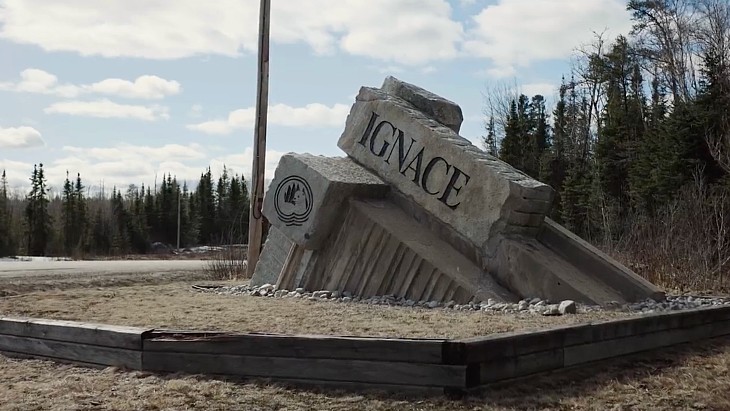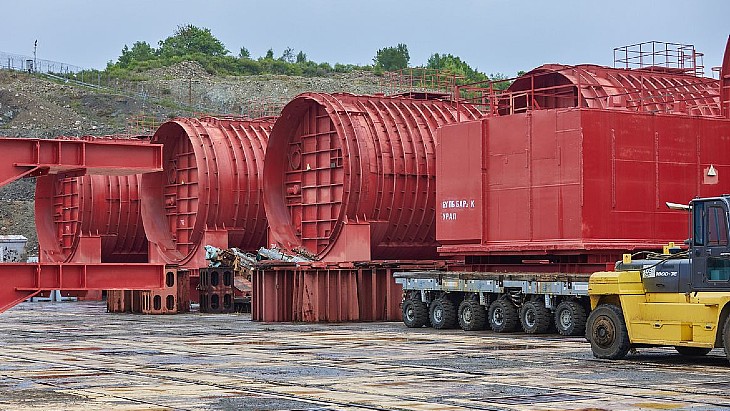Georgia legacy waste management project launched
.jpg)
The Soviet-era legacy wastes are in the form of radioactive sources, radioactive material, and sites contaminated by radioactive substances. Following a campaign in the early 2000s to identify and collect the waste, Georgia in 2013 began to work on its compliance with fundamental international requirements such as a legal framework in the field of nuclear safety and radiation protection.
The country also created an independent government agency and an organisation responsible for dealing with the waste. SSM assisted the Georgian regulator on the development of a national strategy for management of all its radioactive waste, which was adopted by the country's government in 2016.
The EU has approved the EUR1 million funding now that Georgia is considered to be in compliance with fundamental requirements, SSM said. The money will be used to site and develop a preliminary design for a processing facility and an interim storage facility for radioactive waste. SSM is coordinating this project in collaboration with Sida, the Swedish International Development Cooperation Agency.
Christopher Walden of SSM's Office for International Relations said it is "fairly unique" for a regulator to lead this kind of project. "Apart from project management and facilitating, our experts are assisting as advisers and support for Georgia's radiation safety authority," he said.
The location of Georgia's radioactive waste has already been mapped and a proposal made for siting of an interim storage facility and a processing facility, and hearings held at which the public and stakeholders have discussed and commented on the proposal. SSM is now conducting the procurement process for the design of the interim storage facility and processing facility.
The end product of the project will be a preliminary design for a future waste storage site and a decision in principle from the government demonstrating its intention to proceed with construction of this site. Discussions are also in progress on continuation of the project, which is to be decided on by the EU this autumn, SSM said.
Georgia uses radioactive sources in medicine and industry and operates radioactive waste management facilities. A research reactor, IRT-M, operated from from 1959 to 1989. It was decommissioned in 2016 with International Atomic Energy Agency support. According to an IAEA Integrated Regulatory Review Service mission to Georgia in February 2018, a Centralised Storage Facility has been in operation since 2007 to manage radioactive waste streams from the decommissioning of IRT-M and radioactive sources from activities undertaken in Georgia. An older facility at Saakadze contains a substantial amount of radioactive wastes but is considered to be a storage facility. A number of low activity disused radioactive sources are also kept at stores belonging to Georgia's Ministry of Defence.
_17992.jpg)
_75800.jpg)








_88592.jpg)

